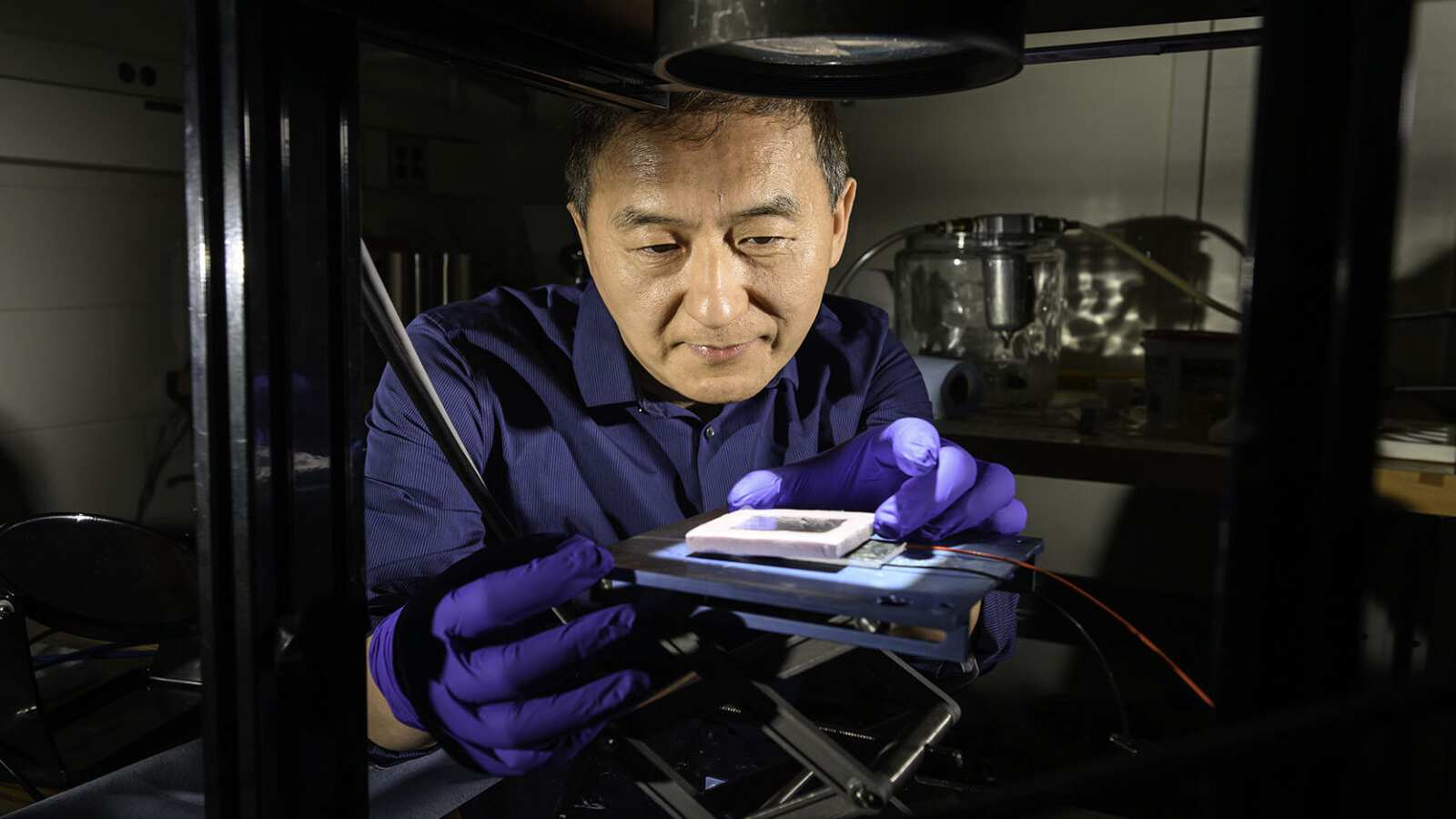Groundbreaking 'Black Metal' Solar Tech Could Revolutionise Energy Efficiency by 15x

Australian researchers have achieved a breakthrough that could dramatically improve the efficiency of solar energy technology. Forget traditional solar panels – a new material dubbed 'black metal', created using laser-blasting techniques, promises to boost the performance of solar thermoelectric generators (STEGs) by a staggering 15 times. This innovation has the potential to unlock a new era of clean energy generation.
What are Solar Thermoelectric Generators (STEGs)? Unlike conventional solar panels that directly convert sunlight into electricity, STEGs harness heat. This means they can convert heat from any source – not just sunlight – into usable electricity. Think industrial waste heat, geothermal energy, or even the heat generated by your car engine. This versatility is a major advantage, but the technology has been hampered by historically low efficiency rates.
The 'Black Metal' Breakthrough The key to this improved efficiency lies in the creation of this unique 'black metal' material. The process involves using lasers to create a complex, nano-scale structure on a surface of silicon. This laser-blasting technique dramatically increases the material’s surface area, allowing it to absorb more heat and convert it into electricity more effectively. The resulting material is a deep black, hence the name 'black metal'.
Why is this so significant? The current efficiency of STEGs is a significant barrier to widespread adoption. This new 'black metal' technology addresses that problem head-on. A 15-fold increase in efficiency is a game-changer, potentially making STEGs a viable and competitive alternative to traditional solar panels and other energy sources.
Potential Applications The implications of this breakthrough are far-reaching. Imagine:
- Industrial Energy Recovery: Capturing and converting waste heat from factories and power plants into electricity.
- Automotive Applications: Harnessing the heat from car engines to power onboard systems, increasing fuel efficiency.
- Remote Power Generation: Providing electricity in off-grid locations using geothermal or other heat sources.
- Space Exploration: Generating power in space using the sun's heat or waste heat from spacecraft systems.
Looking Ahead The research team is now focused on scaling up the production of 'black metal' and further optimising its performance. While challenges remain, this Australian innovation holds immense promise for a more sustainable and energy-efficient future. The potential to significantly reduce our reliance on fossil fuels and combat climate change makes this a development worth watching closely.
This research highlights the importance of continued investment in innovative energy technologies. With further development, 'black metal' could play a crucial role in shaping the future of energy generation, particularly as we strive for a cleaner and more sustainable world.






